
Tequila is a popular spirit, one that many of us love as a shot, with a mixer, or in a full cocktail. There are even monthly tequila clubs that ship tequila out to you, allowing you to try different styles and flavor profiles. Whether you love tequila or you’re yet to try the spirit, it’s important to understand what you’re drinking. So, what is tequila made from?
You probably know the simple answer to this question already – tequila is made using agave, which is a genus of plants that grows in some parts of the Caribbean and the Americas. In particular, tequila is made from one species of this plant, the blue agave.
That’s not the entire answer though. There are other potential ingredients in tequila, along with differences in how tequila is made. There are other things to think about as well, like how tequila differs from mezcal and how the flavor profile of tequila can vary.
Let’s dig in and see what tequila has to offer. As we go, you’ll understand why this is such an amazing spirit.
P.S. Tequila is famous for including a worm, but that whole idea is a myth. The insect is actually a moth larvae and it’s only found in mezcal, not tequila.
What Are The Main Ingredients In Tequila?

Blue Weber Agave
To talk about tequila, we need to begin with the agave plant.
At first glance, you might think that this plant is a cactus, but it’s actually a succulent instead. Agave is also a slow growing plant, typically taking between 8 and 10 years to fully mature.
Once matured, the agave is harvested by hand, then the outer leaves are removed to reveal the heart of the agave – also called the pina.
While Mexico is home to hundreds of different agave species, only the blue weber agave is used to make tequila. This isn’t just a matter of tradition. Instead, the use of blue tequila is part of the legal guidelines that define what is and what isn’t tequila.
Blue agave isn’t an arbitrary choice either. The species has a long history in Mexico, partly because this is what was first used to create tequila back in the 16th century. The town of Tequila was a natural environment for blue agave and became famous for producing the best mezcal, to the extent that their version eventually became known simply as tequila.
Blue agave has other benefits too, as it is fairly easy to cultivate and grows faster than many other varieties. The sugar concentration is high too, which gives the agave a sweeter flavor and helps to shorten the cooking time of the agave.
Adjunct Sugar
The best tequila relies on blue weber agave and nothing else. However, the laws for tequila production do provide some flexibility, which includes the use of additional types of sugar.
Tequila that include other types of sugar is known as mixtos, although companies don’t need to include this information on their bottles. Mixtos tequila must still use at least 51% agave but can source the rest of their sugars elsewhere (often from corn or cane sugar).
Because mixtos tequila can still simply be called tequila, the products aren’t easy to spot. Thankfully, companies that use 100% agave often include this information somewhere on their labeling. So, if you’re trying to avoid mixtos, it’s best to look for products that use the term 100% agave.
That said, high quality mixtos tequila can be appealing too. The trick is to look for brands that focus on quality, such as ones that use raw cane sugar as the adjunct sugar, rather than high fructose corn syrup.
Additives
Tequila can also legally contain up to 1% of additives without any change in their labeling. This includes caramel coloring, oak extract, and jarabe (which is a sugar-based syrup that can include herbs and other ingredients for flavor).
These additives aren’t limited to mixtos tequila either. They can still be used even in 100% agave tequila. This is frustrating – and highlights the importance of finding brands that you can trust.
How Is Tequila Made?

Tequila starts with blue weber agave. After this is carefully harvested and the leaves are removed, the heart of the agave (the pina) is ready for the next step.
These days, most tequila production involves cooking the agave heart in autoclaves, which are large stainless steel ovens. These autoclaves help to make tequila production efficient – a crucial approach given that tequila continues to be in high demand.
Some companies turn to brick ovens instead. Such ovens are generally less efficient and industrial than autoclaves, but they still get the job done in exactly the same way. The cooking is important for breaking down the sugars in the agave, while also making the pina softer.
After this step, the pina is then shredded and crushed. Doing so releases the sugars inside. Those sugars are then fermented in wooden barrels to create alcohol.
The rest is simple – two distillation steps and then the resulting liquid is blended to create a balanced tequila. The distillation process varies, with some companies being much more industrial than others, but the goals are always the same.
These steps give you tequila. The spirit may be bottled immediately or aged in oak barrels (sometimes for more than a year).
Video: How Tequila Is Made
Why Tequila Varies So Much
There are plenty of rules surrounding tequila production, including the type of agave used, where tequila is made, and various production steps. However, the rules aren’t strict in every area. There’s still plenty of room for differences.
The Equipment Used
Tequila is often created using modern approaches, including stainless steel autoclaves and even a continuous column still for distillation. Such approaches promote efficiency and allow tequila producers to compete in a market that’s filled with other types of spirits.
Modern tools like this also promote consistency between batches and help producers to ensure the quality of their product.
As discussed earlier, some companies do things differently, like turning to brick ovens instead of autoclaves. Doing so can change the flavor profile of the tequila and creates a more traditional product.
The Use Of Additives And Adjunct Sugar

Not surprisingly, the number of additives and amount of adjunct sugar will impact the tequila as well. Where the sugar comes from is relevant too.
However, this doesn’t mean that 100% agave tequila is always the way to go. Some producers make good arguments for the value of high-quality mixtos tequila. The use of other sugar sources in such products can balance out the agave and create a delicious flavor profile.
Aging
Tequila is often aged in oak barrels. The aging process has dramatic impacts on the tequila, giving the spirit a darker color and introducing more complex flavor tones, including chocolate and cinnamon.
There are different terms for the aging levels, starting with blanco tequila, which is aged for no more than 2 months. Then there’s reposado tequila, which is aged for 2 to 12 months. Finally, there’s anejo tequila with 1 to 3 years of aging. You’ll also sometimes see extra anejo, where the aging is anywhere beyond a year.
The duration of aging isn’t the only factor. The oak barrels used play a role too.
In particular, some companies age their tequila in barrels that were previously used for whiskey. Doing so imparts some flavor from the whiskey, giving the tequila a unique taste.
Location
Tequila can be legally produced in multiple parts of Mexico. The location does play a small role in the taste of the tequila as well, simply because factors like soil, climate, drainage, and weather all impact the agave plants.
While these differences aren’t normally dramatic, they do still contribute to variation between one tequila product and the other.
What Is The Difference Between Tequila And Mezcal?
Like tequila, mezcal is a Mexican spirit that’s made using agave. The biggest difference is that tequila can only be made using blue agave, while more than 50 species of agave can be used to prepare mezcal.
There are also legal differences in where the spirits can be produced. Currently, most mezcal comes from the state of Oaxaca, while tequila is most commonly produced in Jalisco, although there are other possible states for each spirit.
Beyond this is the variation in production methods. As we mentioned earlier, tequila is typically cooked in stainless steel autoclaves and distilled in copper pots.
Mezcal tends to be more artisanal. Here the agave pinas are cooked in a cone-shaped pit underground. After cooking, the pinas are distilled in clay pots.
These differences in agave species and production approaches lead to distinct flavor profiles for tequila and mezcal. There’s also plenty of room for variation. This is particularly true of mezcal, as the spirit tends to be artisanal and can rely on many agave species.
If you already love tequila, then mezcal is certainly worth trying. It’s a delicious spirit that’s familiar and exciting at the same time.
Can You Make Tequila At Home?

The simplest answer to this question is – no. There are strict rules around what can be called tequila and anything you make at home isn’t going to count (especially if you’re not living in Mexico).
You’re also not likely to actually grow agave plants at home. Even if you could do so, the time investment would be considerable, as agave often takes more than 7 years to reach full maturity.
Also remember that it’s illegal to distill spirits at home. Do you really need to anyway, given that there are so many delicious tequilas out there?
That said, you can hypothetically make an agave spirit at home that’s similar to tequila. You can do this by relying on blue agave nectar, rather than using agave itself. This means you don’t need to grow agave, nor do you need to deal with roasting and crushing agave hearts.
There’s a useful guide on the site Mile Hi Distilling, if you’re interested in this idea. But, the process is best considered a theoretical exercise, rather than something to actually try for yourself.
Final Thoughts
As you’ve seen, blue weber agave is the primary ingredient in tequila. However, additives and/or adjunct sugar is sometimes included as well. Paying close attention to the ingredients label will help you avoid any adjunct sugar, but additives aren’t always listed.
Even if you just focus on products made with agave and nothing else, there can be plenty of variation in the flavor and style of the tequila. Still, such differences aren’t bad. Wouldn’t it be boring if every type of tequila tasted the same?




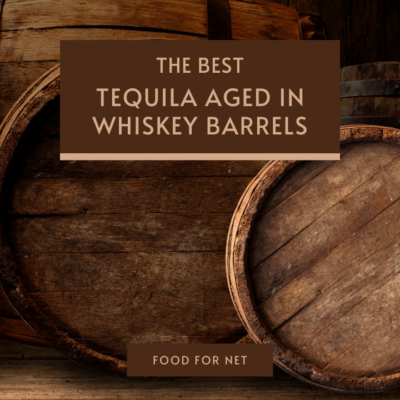

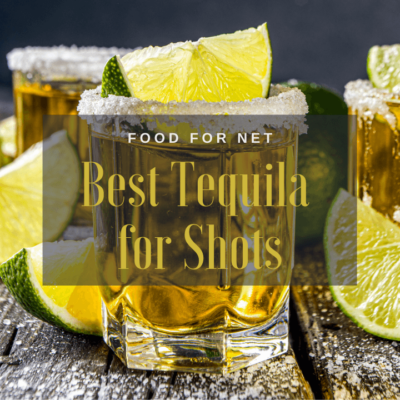
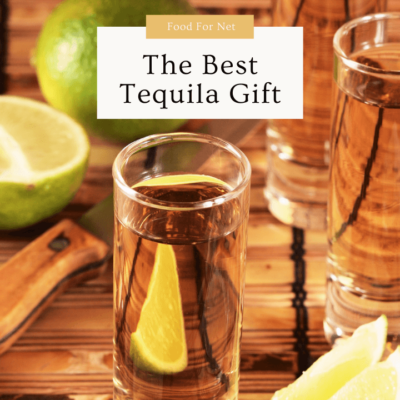
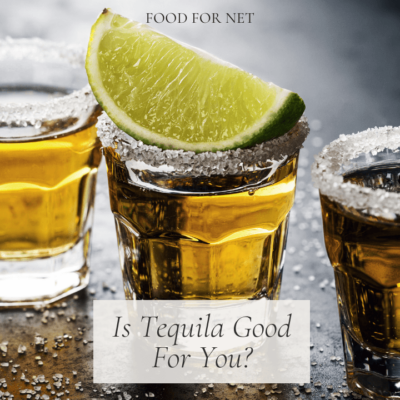
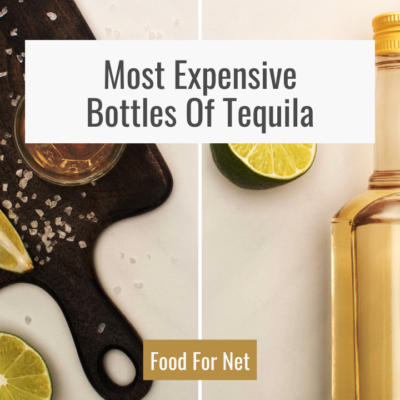
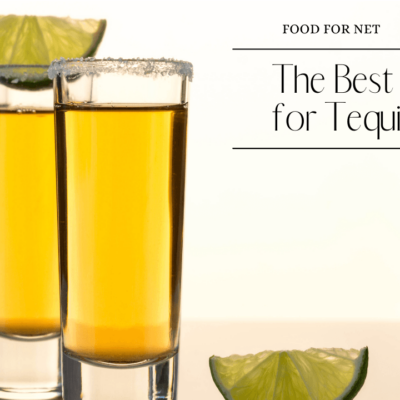


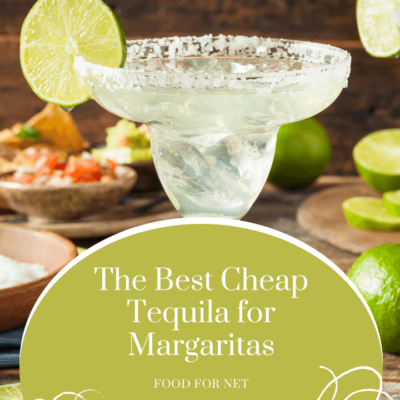
 Tequila Vs Mezcal: Production, Aging, And Flavor
Tequila Vs Mezcal: Production, Aging, And Flavor
Leave a Reply